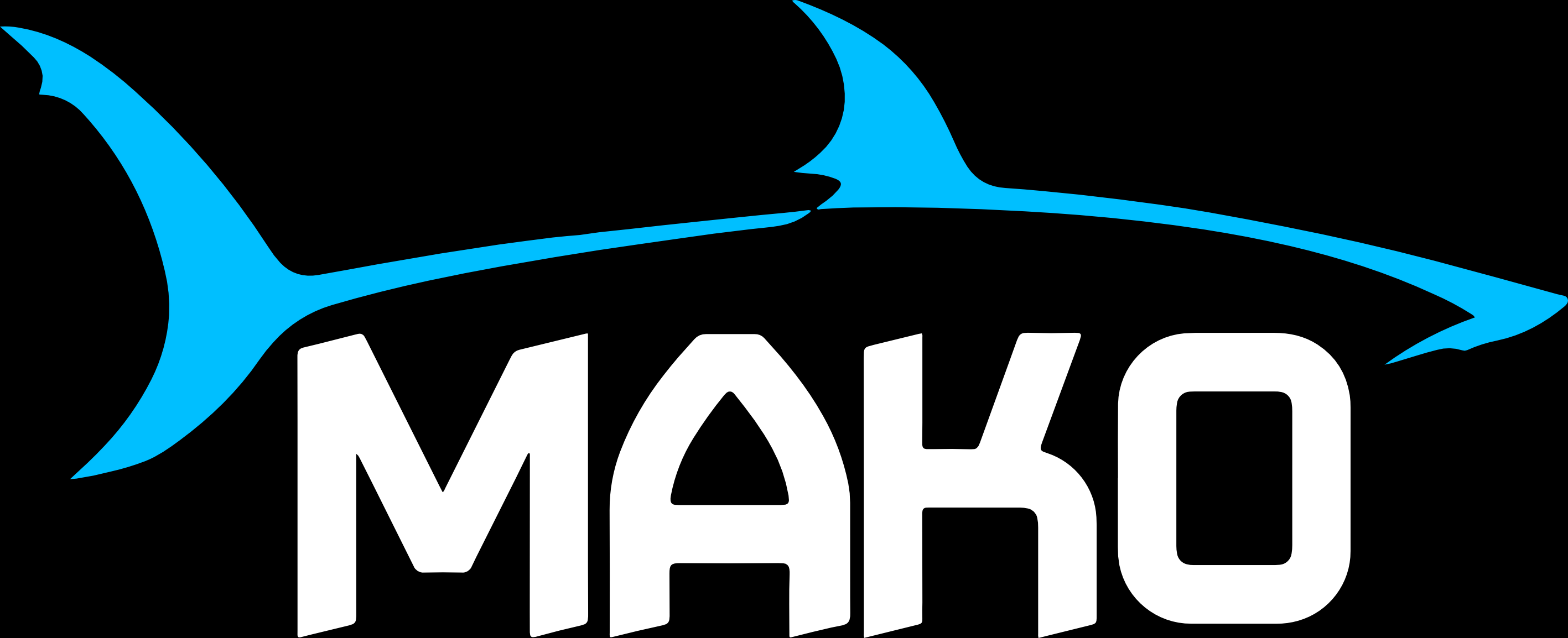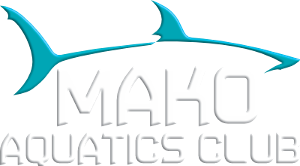
Frequently Asked Questions
New to MAKO? Start here. We’ve grouped answers by topic and kept everything mobile‑friendly and easy to scan.
Joining MAKO
How do I join?
Schedule a tryout/assessment with Coach Jeremiah. Call/text 505‑463‑9339 or email [email protected]. We’ll recommend the best training group and share practice times and fees.
How do I know if MAKO is right for us?
Browse our website, chat with a current MAKO family, and try a free trial week. It’s a great way to see if year‑round swimming fits your swimmer’s interests and goals.
Do I need to be an elite swimmer to join?
No. We place athletes by ability and readiness. Elite swimmers are built over time through great coaching and consistent training. Every MAKO athlete starts with fundamentals and grows from there.
Training & Equipment
What’s the difference between Short Course and Long Course?
Short Course (SCY/SCM) is a 25‑yard or 25‑meter pool. Long Course (LCM) is a 50‑meter pool. SC season runs late summer/early fall through winter; LC is spring through summer. During LC practice setups, lane space is tighter and schedules may adjust.
What gear does my swimmer need?
- Practice: competitive suit (girls one‑piece; boys jammer/brief), 2 pairs of goggles, water bottle, towel, fins, paddles, and (age 10+) a swim snorkel.
- Meets: team suit and team cap (available from Coach Jeremiah).
- Shop: MAKO Store at GoTimeAthletics.org/MAKO, or reputable sites like SwimOutlet.
First practice — what do we wear?
- Boys: jammer or brief racing suit (not baggy trunks).
- Girls: one‑piece suit with secure straps.
Meets & Practices
Are there practices and meets in the summer and holidays?
Yes. As a USA Swimming club, we train and compete year‑round. Schedules may vary during holidays, meets, and school breaks — watch the website calendar and email updates.
Does my child need to attend every practice?
Not mandatory, but consistency matters. Regular attendance supports progress, confidence, friendships, and is considered for group advancement.
Which strokes will my child learn?
All four strokes — Freestyle (FR), Backstroke (BK), Breaststroke (BR), Butterfly (FLY) — plus Individual Medley (IM) in the order FLY‑BK‑BR‑FR.
How are course time conversions handled?
USA Swimming doesn’t endorse a single formula across all situations. If you must convert, coaches can guide you; example reference tables exist from USA Swimming.
Communication & Support
Can I watch practice? Where should I sit?
For safety/insurance reasons, only athletes, coaches, and officials are allowed on deck during workouts. Please watch from the designated seating/bleachers and supervise your swimmer before and after practice.
How do I contact my child’s coach?
Please don’t approach coaches during practice — their attention is on the athletes. Email is best (see the Coaches page). You can also speak briefly before or after practice if the coach is available.
How does MAKO share updates?
We primarily use whats app group chats and email — make sure your address is current. We also post on the website and may share quick updates from meets/practices on social channels. Please make sure you join your group's chat.
Policies & Billing
When are dues billed and what do they cover?
Dues are billed monthly (late after the 10th; $10 late fee). We collect facility entry fees and pay the pool directly; the remainder supports coaching and program operations. As swimmers advance, coaching becomes more specialized.
What’s included in the annual registration fee?
Covers team registration needs and equipment purchases, plus USA/New Mexico Swimming athlete registration and insurance during practice. Typically processed early September (or at join date). Members who are already on the team do not have to pay a team registration fee each year. To offset this, we do not prorate August when we do our 2 week break.
How do meet entry fees work?
Host teams charge a per‑swimmer surcharge and per‑event fees. MAKO collects and submits one payment to the host. After entries are sent, your meet fees are posted to your account and appear on the next invoice.
Is the program month‑to‑month?
Our pricing is built for the swim year (not monthly usage). Payments aren’t reduced or paused for vacations, team breaks, illness, or meets.
Mental Skills & Parent Tips
My child gets nervous before races — is that normal?
Yes. Channel nerves with simple tools: slow belly breathing, positive self‑talk, light stretching, and quick visualization. Progressive muscle relaxation can also help athletes learn to release tension.
How can I reduce competitive pressure as a parent?
De‑emphasize outcomes and focus on controllables: effort, skills, race plans, and learning. Help your athlete set short‑term goals and celebrate small wins along the way.
What about size differences — racing athletes who are bigger or more mature?
Kids mature at different paces. Early bloomers may have temporary advantages; late bloomers often surge later. Encourage your swimmer to focus on personal progress over comparisons.




